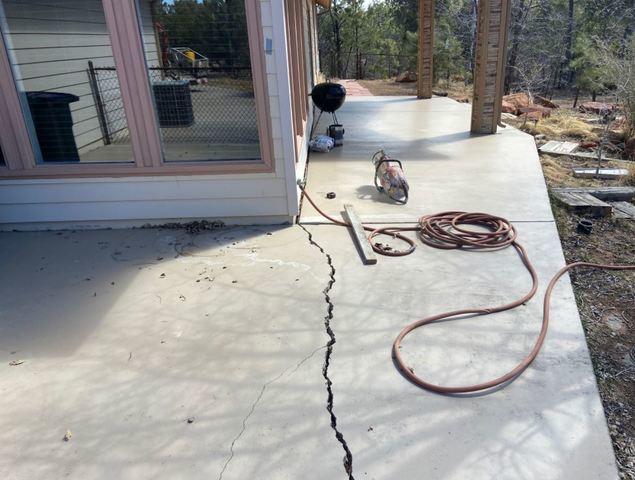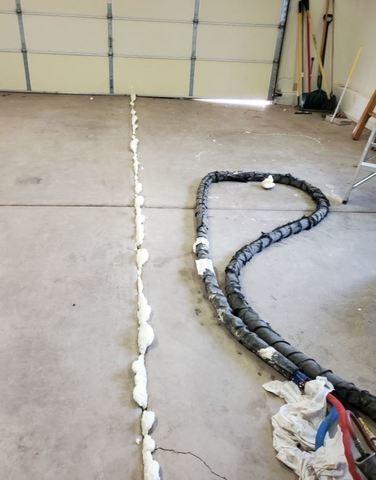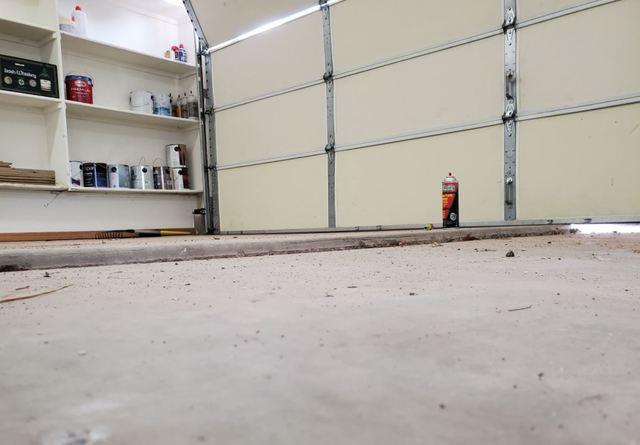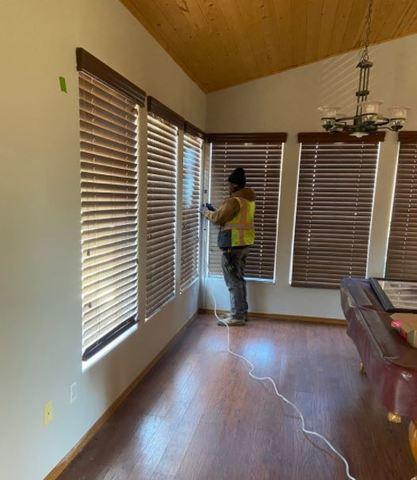Foundation Repair in Show Low, Arizona
Challenge
After examining the home and performing the manometer survey, Arizona Foundation Solutions believes the home could be experiencing foundation settlement at the northeastern portion of the Garage and central-western portion of the home, as well as the patio columns located at the eastern and western sides of the home as shown by the damage and lower readings (see Topographical Map). The drop off in floor elevations on the topographical map is consistent with a foundation settlement pattern.
What causes foundation settlement?
Foundation settlement can be caused by one or any combination of many factors, including:
- sub-grade saturation of moisture due to poor drainage
- years of storm runoff, plumbing leaks
- improper compaction
- the lack of a proper foundation system
- and/or (in most cases) natural earth movement
Solution
AZFS believes that the proper way to permanently stop the perimeter foundation settlement is to underpin the areas that are experiencing movement. Underpinning is the process of installing deep foundation elements called piles. Piles are engineered foundation supports that are driven down past the unstable soils and are then locked up into load bearing strata, which can support the loads that are transferred to them. Once the piles have been installed, they can be used to lift the perimeter foundation up to its Highest Practical Maximum. The piles should be spaced approximately six to eight feet on center and should start and stop near the hinge points of movement (exact spacing to be determined after load bearing calculations). In this case, the piles would be located at the northeastern portion of the Garage and central-western portion of the home, as well as the patio columns located at the eastern and western sides of the home. The slab can then be treated by injecting a lightweight expansive polyurethane to fill existing voids and lift the floor slab back to its Highest Practical Maximum. Using the expansive materials will help prevent additional slab settlement by compacting the upper layer of soil as it expands.
There are cracks in the concrete floor slab in the garage of the home. When the slab cracks all the way through, the separate sections can move independently of one another. This allows for severe damage to flooring and other signs of interior stress like pinched doors, drywall, and/or ceiling cracks. Composite interlocking can be performed to tie the broken pieces of the concrete together. The existing cracks will be cleaned, and non-parallel lines will be cut across the existing cracks. Next carbon fiber laminate stitches will be inserted into the non-parallel cuts and then the gaps will be filled with a 2-part poly. Finally, the crack should be ground smooth to minimize the differential. If done properly, this will allow the slab to function as one floating unit to help prevent the damages to flooring, ceiling and walls. If this is instead expansion joint separation, the joint should be cleaned, routed, and re-caulked with an expansive joint filler. A determination as to which repair is needed will be made on site once the crack is exposed.
Project Summary
Engineer: John Ciminski











